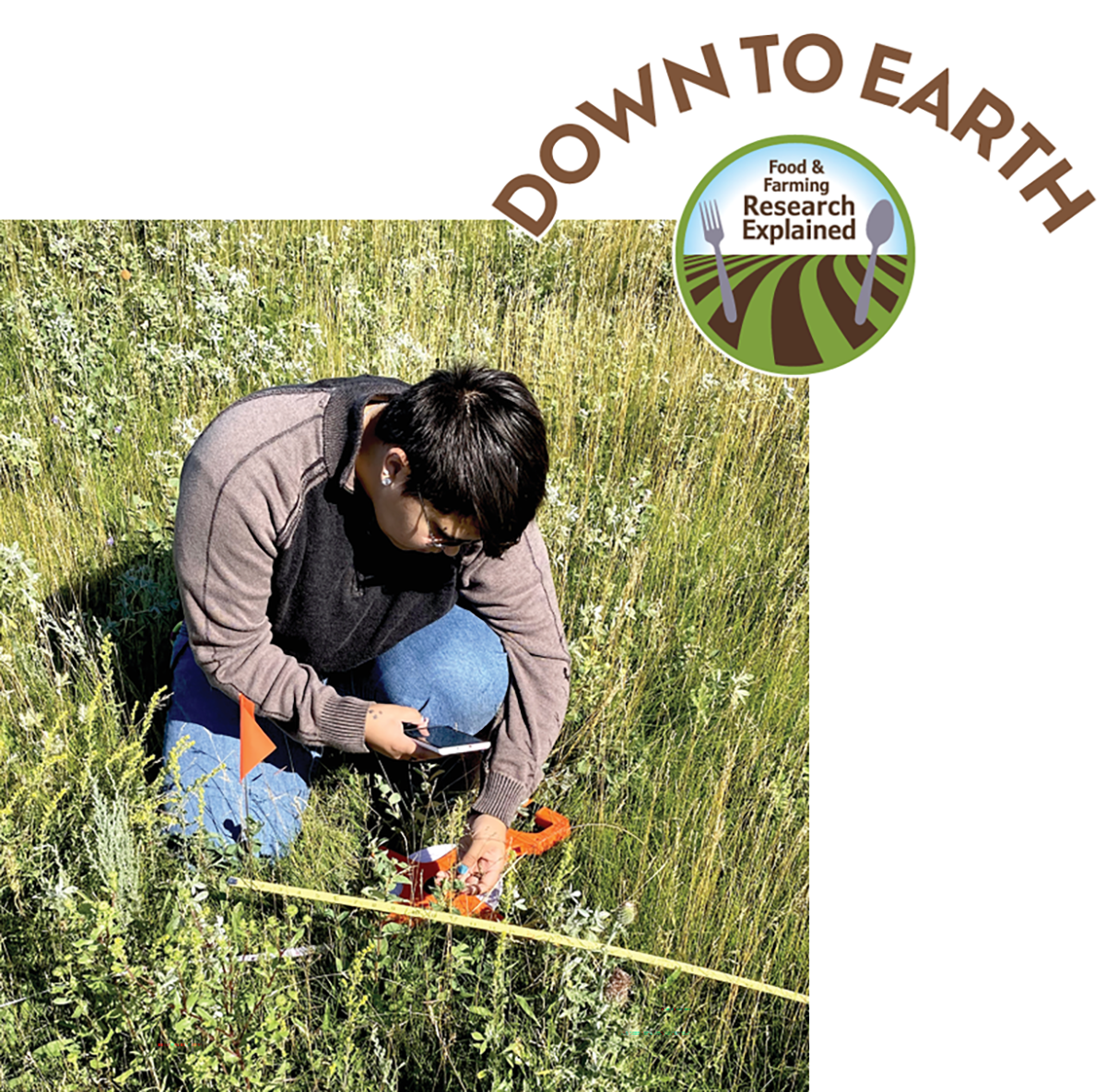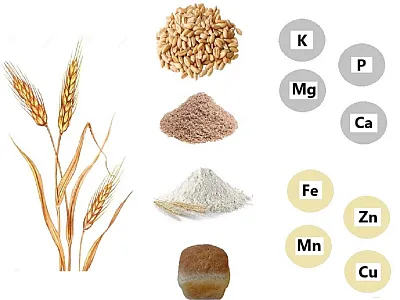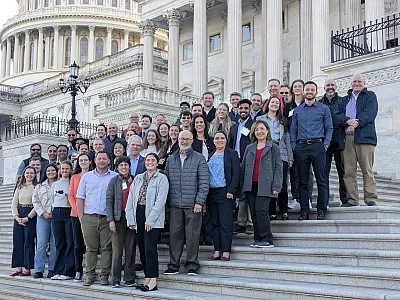Boosting students’ confidence in plant knowledge
Survey shows a lack of knowledge across demographics—and presents solutions

How many plants could you name just by looking at them? Identifying plants is important for healthy eating and conscious consumption, but according to previous research, very few people are confident that they can identify plants properly.
Research recently published in Natural Sciences Education is the first ever done on the impact of race, gender, and rural versus urban upbringing on plant knowledge. The goal is to help educators and researchers find new ways to teach plant identification, gardening, and plant science.
Previous studies suggests that Indigenous communities may focus more on plant knowledge but not much research has been done in this area. Examples include a Mayan community in Guatemala studying edible plants, native people in India studying medicinal plants, and a plant knowledge study done with Native American/Alaskan Native peoples.
A total of 702 students across three North Dakota state colleges and three tribal colleges completed the survey. It assessed students’ confidence in their plant knowledge and identification skills, who taught them those skills, and where they learned them.
The study suggests that differences in plant knowledge largely center around upbringing. For example, Native American students were theorized to have better plant knowledge due to upbringing. However, Indigenous students could identify similar numbers of plants as white students. Overall, 75% of tribal students and 68% of white students could only identify 10 plants or less.
Plant knowledge lacking
- Only 39% of rural students in the study said they could identify more than 10 plants while only 22% of urban students did.
- Men self-reported superior identification skills with 40% of the men saying they could identify more than 10 plants and only 28% of the women doing so.
Unfortunately, the survey found that participants lacked knowledge about plants. Most people (69%) could only name 10 or fewer, and outside of garden plants, few were confident in their identification skills. Despite assumptions that Indigenous people would have more plant knowledge, there was little difference between tribal and non-tribal respondents.
Tips for educators when teaching about plants
Adults and children alike can become more confident in their ability to identify plants with the right education and training programs. When teaching about plants, educators should consider:
Focusing on plants that might be useful to people, especially garden plants.
Starting early because plant knowledge drops off after middle school.
Offering gardening practice, which can be used as a gateway to learn more about other kinds of plants.
The study found that, across demographics, young people struggle to identify plants. With studies like these, students can be taught to recognize healthy vegetables, weeds, and poisonous plants while also fostering a greater curiosity for gardening, farming, and healthy eating.
Dig deeper
Read the research cited in this article:
Linderwell, S., Hargiss, C. L. M., & Norland, J. (2024). Do demographic factors impact plant knowledge and plant awareness disparity? Natural Sciences Education, 53, e20146. https://doi.org/10.1002/nse2.20146
Text © . The authors. CC BY-NC-ND 4.0. Except where otherwise noted, images are subject to copyright. Any reuse without express permission from the copyright owner is prohibited.








